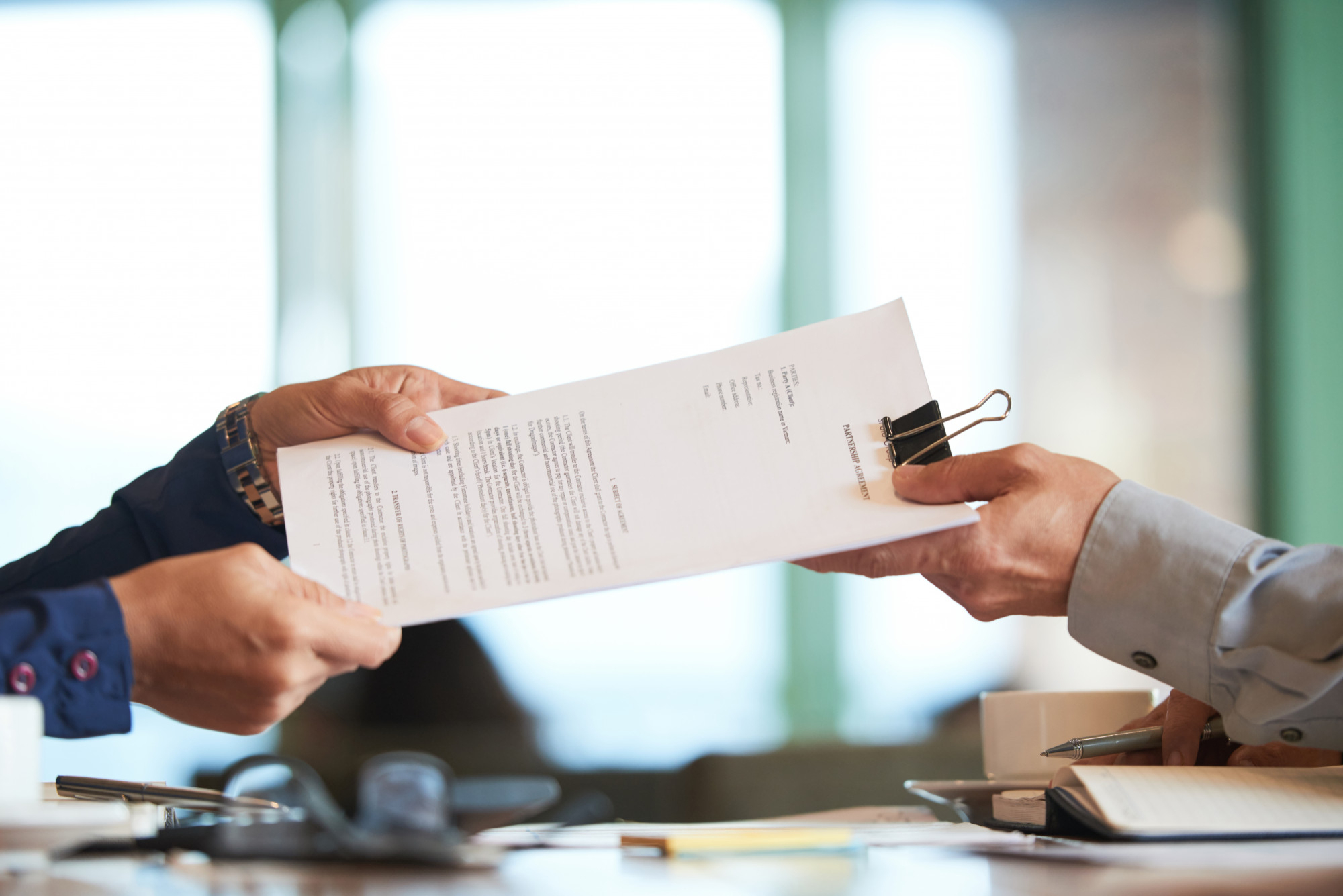Investing in agricultural projects through LANDE is a rewarding experience, but we know that investors often have questions about some of the legal aspects or debt collection procedures. We want to shed some light on the inner workings of our platform and empower you to invest with confidence.
The LANDE crowdlending platform is exclusively dedicated to the agricultural sector. This allows us to maintain sharp focus on the needs and realities faced by farmers on the markets in which we operate and to optimize our offers and approaches in order to meet these needs and support farmers’ businesses while providing excellent value and security for our investors.
Want to know more about how LANDE works and how we secure and protect investments? Read on to better understand your rights as an investor, including what to expect in cases where things don't go well and farmers fail to make their payments on time – this unfortunately happens sometimes, for various reasons including bad weather affecting crops, low market prices or other unforeseen factors that affect farming businesses.
Low LTV
Among the key competitive advantages of the LANDE Platform is our commitment to low LTV (Loan to Value) - the ratio that describes the risk level of any investment.
The LTV ratio indicates how much the loan taken out by the farmer represents as a percentage of the collateral they provide to back up the loan.
For example, if a farmer wants a EUR 100,000 loan and the value of the collateral they provide to guarantee the loan is EUR 200,000, then the LTV is 50%. Projects published on the LANDE platform have an average LTV of 44%. The nature of the collateral varies by loan and can include land, machinery, harvest, subsidies or livestock.
The paperwork
When an investment is made, the Loan Contract is generated automatically between the borrower and investor and made available online for both parties. This agreement clearly states that the investor is lending money directly to the borrower and that no third parties are involved. The parties also sign a Commercial Pledge Agreement which outlines the asset(s) the farmer has put up as collateral for the loan, along with proof of ownership and details about the collateral's market value.
In addition to the Loan Contract and Commercial Pledge Agreement, registered users also agree to our General Loan Terms, Terms & Conditions and Privacy Policy.
Safeguarding investments
Our team is experienced in both agriculture and finance and employs various risk mitigation strategies. We thoroughly assess borrowers' creditworthiness, secure collateral, and encourage diversification across multiple projects. This creates a safety net for investor capital, minimizing potential risks.
LANDE has been able to maintain a relatively low share of defaulted loans thanks to the thorough evaluation we conduct of borrowers’ creditworthiness and default risk levels. We assess each applicant's business health by looking at their current financial situation, existing debt, business objectives, and look for any potential red flags. If an applicant has a questionable financial history or can't provide acceptable collateral at a reasonable value to maintain a low LTV rate for the loan, LANDE rejects their application. In fact, our project acceptance rate is around 5%.
When things don’t go as planned
Despite all the risk reduction measures we take, unforeseen circumstances can occasionally lead to loan payment delays and even defaults. In such cases, we deploy a clearly defined debt collection process. It begins with a series of reminders, which are followed by more pressing notifications and contact methods if the borrower doesn’t respond, always adhering to legal and ethical guidelines and maintaining transparency and understanding for individual circumstances. We also make a point of keeping investors informed about the processes going on behind the scenes for each borrower that has difficulty repaying a loan.
LANDE publishes updates for all delayed loans every 30 days. Updates for late loans are visible only to investors who have made an investment in those specific loans. The initial process involves a series of ‘soft’ reminders to the borrower via email/text/post, and if the desired results are not achieved, then we proceed to more serious actions or what’s known as the hard debt collection process.
We try to do everything possible to avoid sending a borrower to court to recover the amounts owed, because we know that court proceedings tend to take a very long time. Therefore, the LANDE team actively searches for refinancing options for borrowers who have trouble making their payments. Court proceedings are considered the last step after all other options have been exhausted, including loan refinancing. Read more about LANDE's hard debt collection process here.
Recovering collateral value
When borrowers are taken to court for debt recovery, if no other solutions are found, the collateral included in the initial agreement will be sold through a court-assigned auction. The process usually takes 2-6 months from the court’s judgement to the receipt of money from the auctioned collateral, but this may vary by country.
Starting prices for the sale of collateral during the court-mandated auctions may vary depending on local rules on each market, asset type, and other conditions. Nevertheless, since projects listed on LANDE have low LTV, it is almost certain that investors will be able to recover all their principal amount as well as the accrued interest from a collateral auction.
LANDE’s founding team has been in the collateral-backed crowdlending business for many years and therefore has built the platform using all the knowledge they’ve accumulated in this industry. Investors can rest assured that the investment projects are not only carefully selected, but also provide additional security due to the tangible collateral. We are prepared for all outcomes and aim to be open and transparent about the investment process and any potential investment recovery processes.
Image by pressfoto on Freepik
